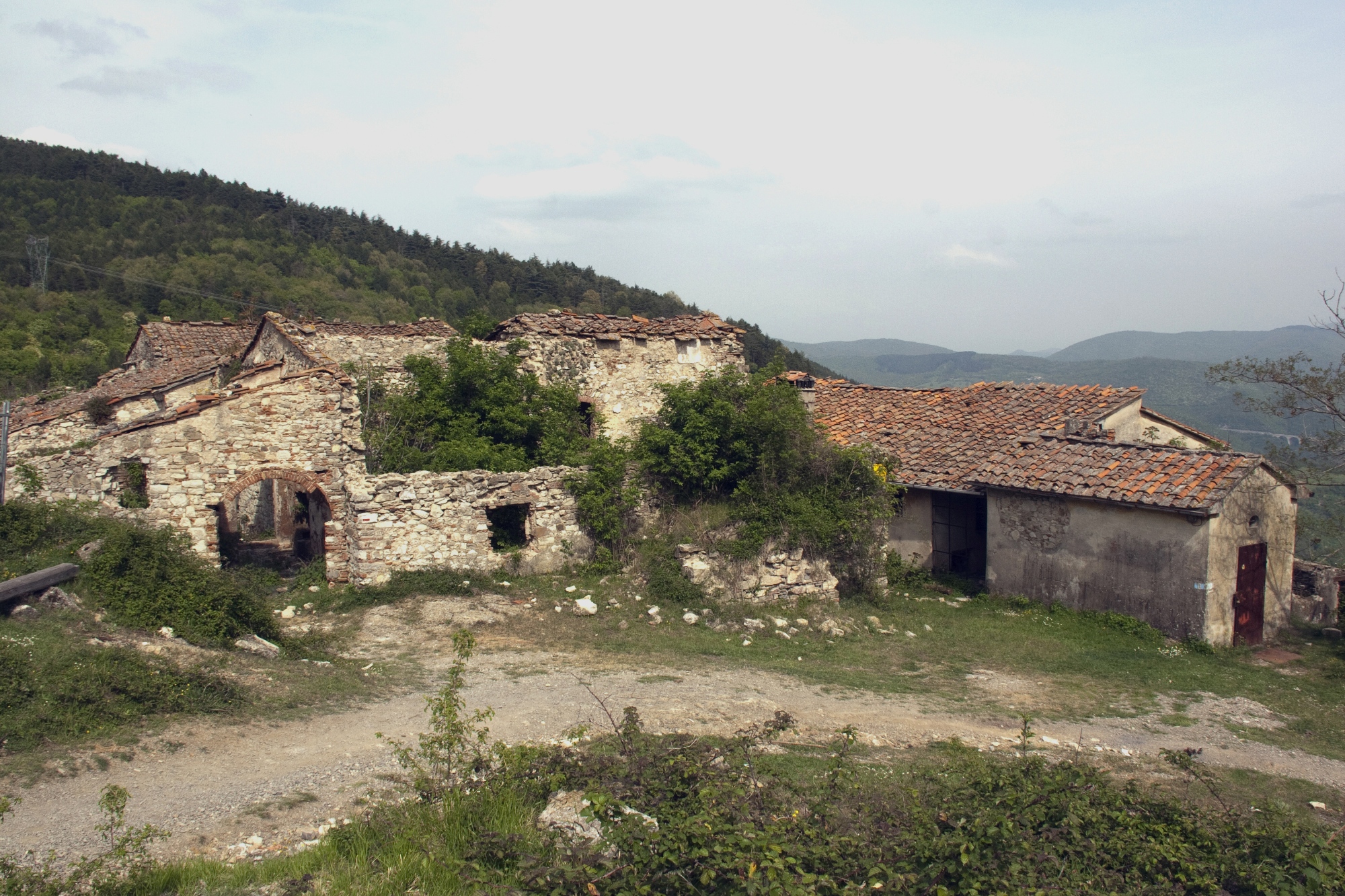
An unforgettable adventure, where each stop provides new discoveries among landscapes, history and traditions
The Wool and Silk Way is a fascinating route of about 130 km starting from Piazza Duomo in Prato and leading to Piazza Maggiore in Bologna.
These two cities had a common economic development around their respective rivers and went through similar and contemporary hydraulic works that made them become, over the centuries, the capitals of the textile industry.
The route offers a hiking experience achievable in 6 or more days and allows you to discover the excellence, traditions and cultural heritage of the territory between Tuscany and Emilia-Romagna.

- Step 1: Prato - Valibona - Vaiano
- Step 2: Vaiano - Montecuccoli - Vernio
- Step 3: Vernio - Montepiano - Castiglione dei Pepoli
- Step 4: Castiglione dei Pepoli - Grizzana Morandi
- Step 5: Grizzana Morandi - Sasso Marconi
- Step 6: Sasso Marconi - Bologna
Along the way, you can explore numerous attractions that make this route unique:
The Cathedral of St. Stefano

The Wool and Silk Way starts in the wonderful Piazza Duomo in Prato, where the majestic Cathedral is located.
The façade with the typical two-toned alberese-serpentine, the external pulpit and the bell tower, the extensive use of Prato’s green marble make the Duomo a true masterpiece.
The first document that testifies to the existence of this religious building dates back to 994: the cathedral developed afterwards parallel to the city.
The bell tower, designed by Guidetto, was built in the 13th century, while in the 14th century the Chapel of the Girdle was built, which preserves the relic that the Madonna gave in delivery to St. Tommaso at the time of her Assumption into heaven.
The external pulpit by Donatello and Michelozzo is also worth mentioning.
You can find inside some important works by Giovanni Pisano, Paolo Uccello and Filippo Lippi.
Cavalciotto of St. Lucia

Cavalciotto is a thousand-year-old jewel that takes us back in time, where water and human genius have been able to coexist for centuries. It is located in Prato, in the first step of the itinerary.
The importance of this build lies in the ability to receive a massive flow of water and channel it in a disciplined way. As far back as 1630, even Galileo Galilei was questioned on this subject.
Originally, this fascinating hydraulic system was designed to reclaim a vast swamp in the center of Prato: over the years it was perfected and exploited, not only for drainage and irrigation purposes, but also as a defense and, above all, as a source of hydraulic energy.
This powerful driving force fed as many as 58 mills, which allowed the flourishing of many activities, especially those related to textiles.
Cavalciotto is the hub of a complex water system that winds for 53 kilometers, crossing the entire territory of Prato before plunging into the waters of the Ombrone river.
Nature reserve of the Calvana Mountains
The Calvana mountain range, with its highest point reaching 916 meters, extends between the provinces of Prato and Florence and is characterized by unique and evocative habitats.
In ancient times, the area of Calvana - which is located in the first step of the Way - was chosen as an ideal place both by the Etruscans - who have left numerous testimonies, such as the necropolis and a large Domus - and by the Romans who built some towers there.
The Calvana Mountains also offer excellent opportunities for nature excursions. Here you can admire meadows, woods, hawthorn, juniper and dog rose bushes, streams that form gorges and caves and a fauna that includes rare species such as the short-toed eagle and the European honey buzzard. Wolves, deer, roe deer, badgers and hares can also be seen.
Abbey of St. Salvatore and Museum
Continuing on the second step of the journey, you can visit the Abbey of St. Salvatore in Vaiano, part of a monastery founded by Benedictine monks from Cassino between the 9th and 10th centuries.
Over time, it has undergone several changes, without ever losing its ancient charm.
In 1808, the monastery was suppressed by the Napoleonic government and remained a simple parish until 1925, when it was elevated to the status of a parish church.
The bell tower, 40 meters high and built in 1258, in alberese stone with green serpentine inserts, is a beautiful example of Prato Romanesque style.
The cloister is a Renaissance jewel that was added to the abbey during the 15th century: surrounded by monastic environments, it is a place of extraordinary beauty.
On the right side of the church, you can find the build of the former monastery, which preserves in the left end the previous entrance portal. The Abbey Museum is located in the monastery area.
Abbey of St. Maria in Montepiano

Among the most evocative examples of art and history of the Tuscan-Emilian Apennines, the Abbey of St. Maria in Montepiano is located in the municipality of Vernio, in the third step of the route. The abbey was built in the 11th century from a hermitage founded by Beato Pietro, a man linked to local poetry traditions.
The façade and the sides of the church still preserve the original structure in local sandstone. You will admire here the remarkable portal with architrave carved with two dragons surrounding a central cross.
Inside, the abbey preserves a precious treasure of frescoes ranging from the 13th to the 18th centuries.
Some important finds found here are kept at the Opera del Duomo Museum in Prato.
App Cammini
Download the App ‘Cammini’ to virtually visit places of historical-artistic interest in each of the seven Municipalities in the Prato area. The attractions are nearby 3 important itineraries of the territory: the Wool and Silk Way, the Medici Route and Via delle Rocche.
The app is available on Google Play Store and Apple Store.
Further information on the itinerary is available on the website: viadellalanaedellaseta.com